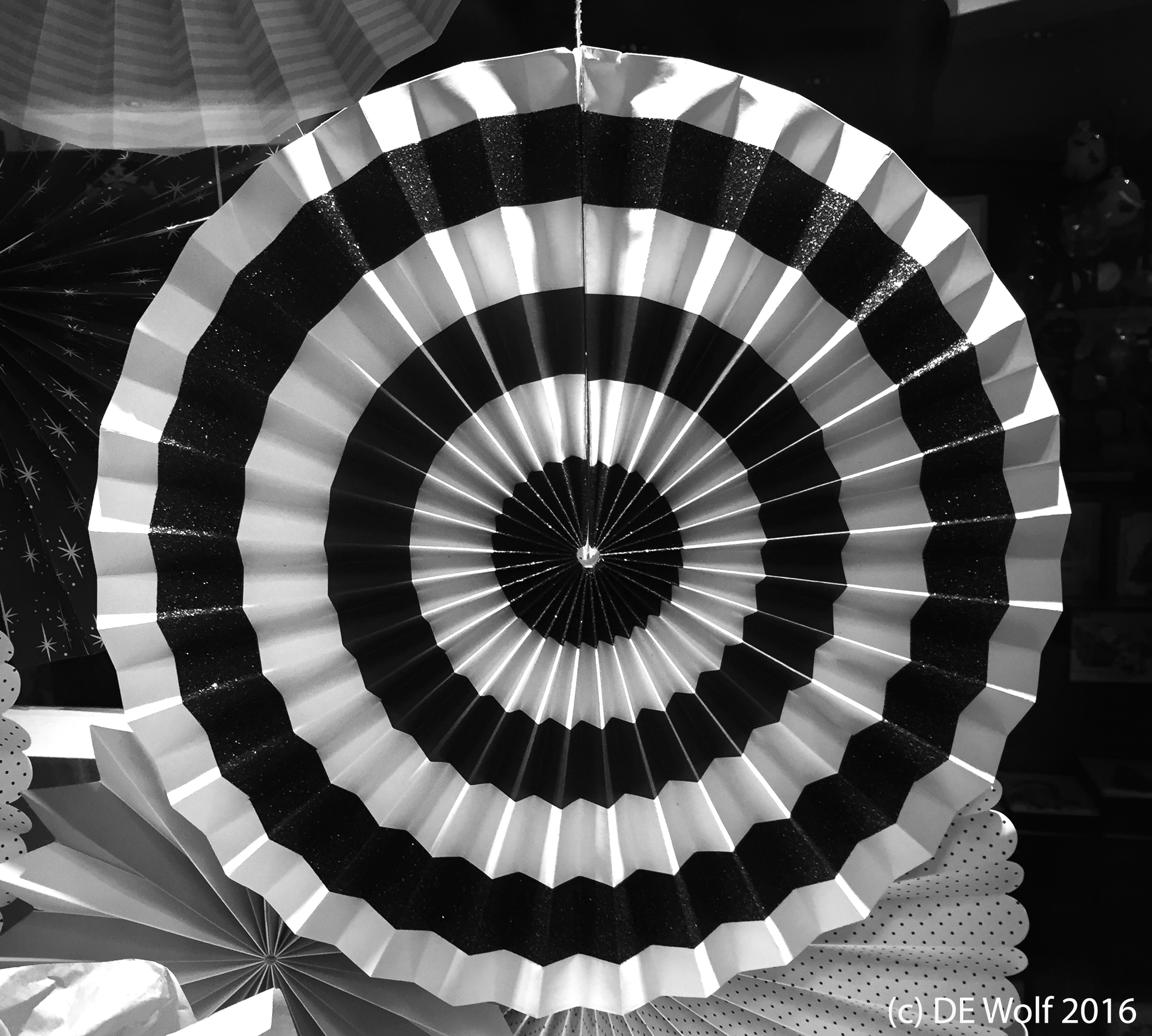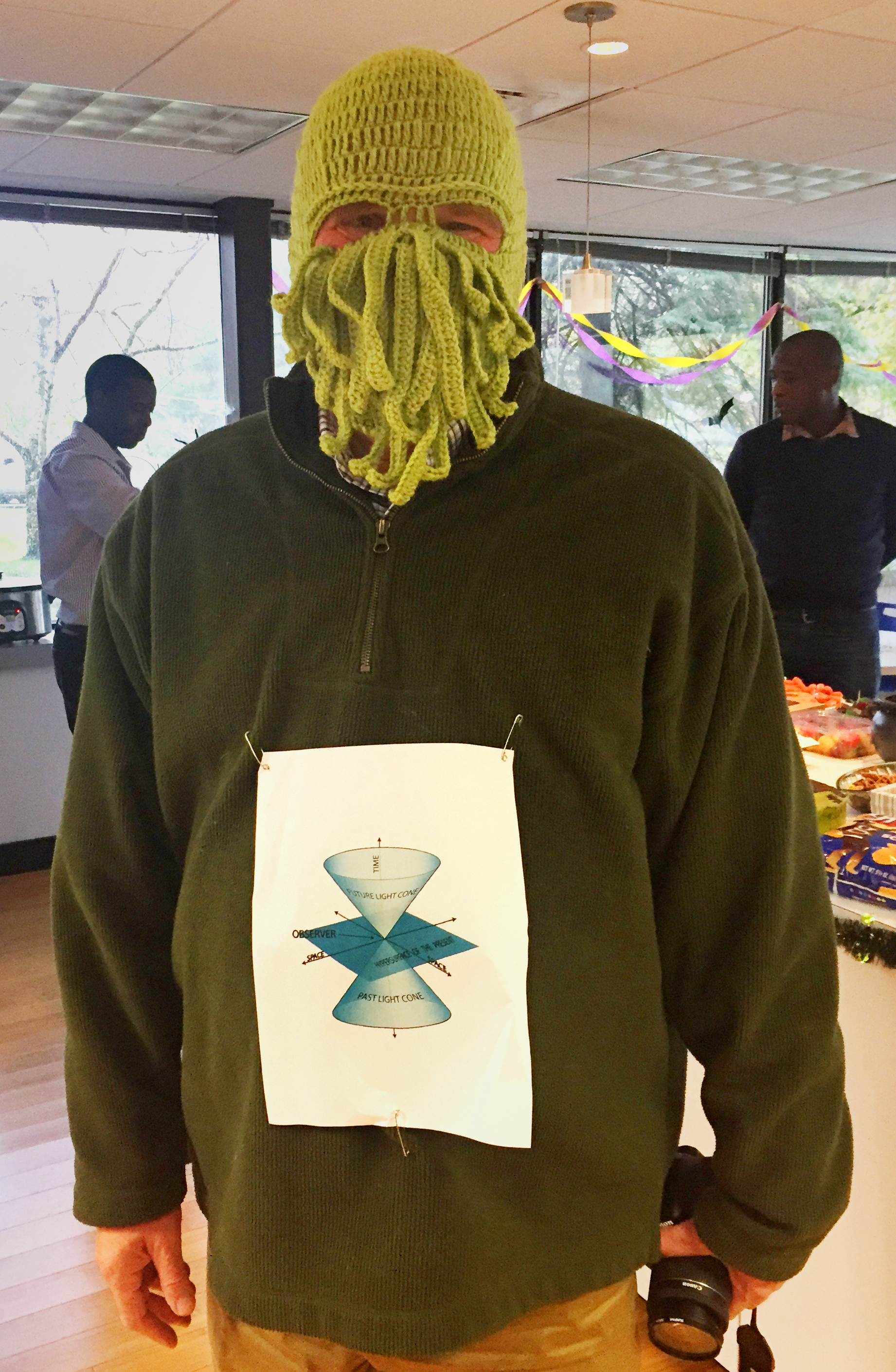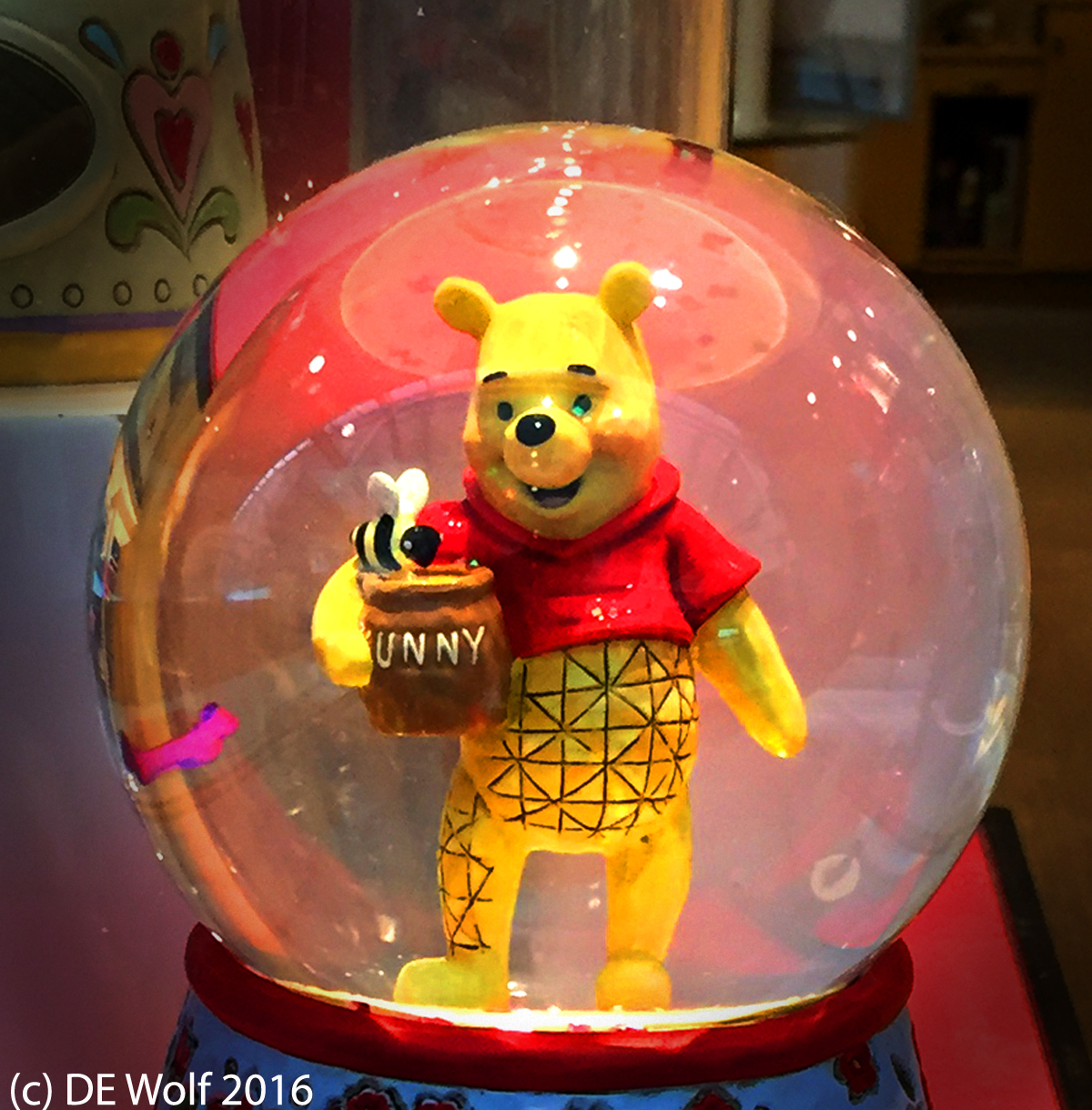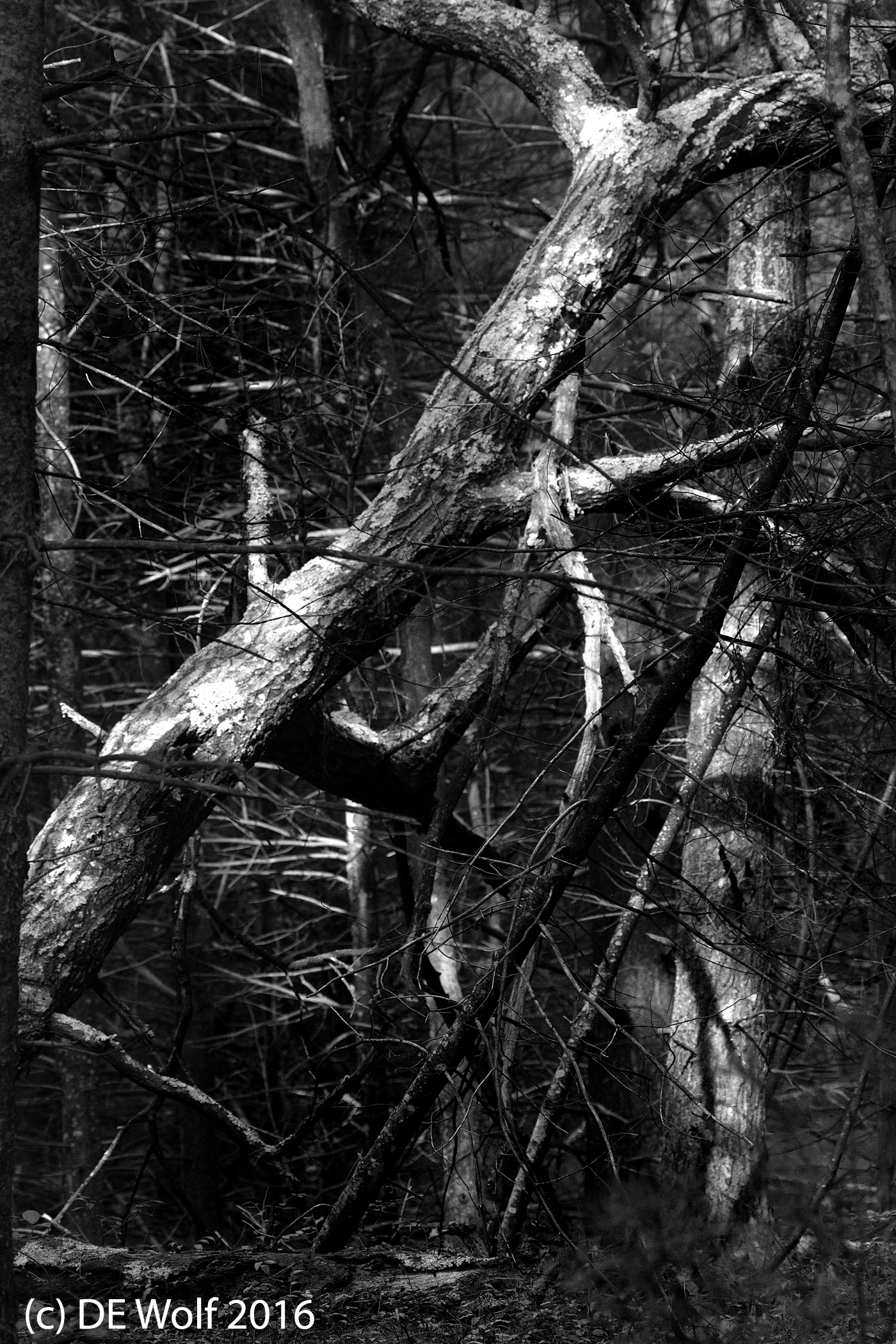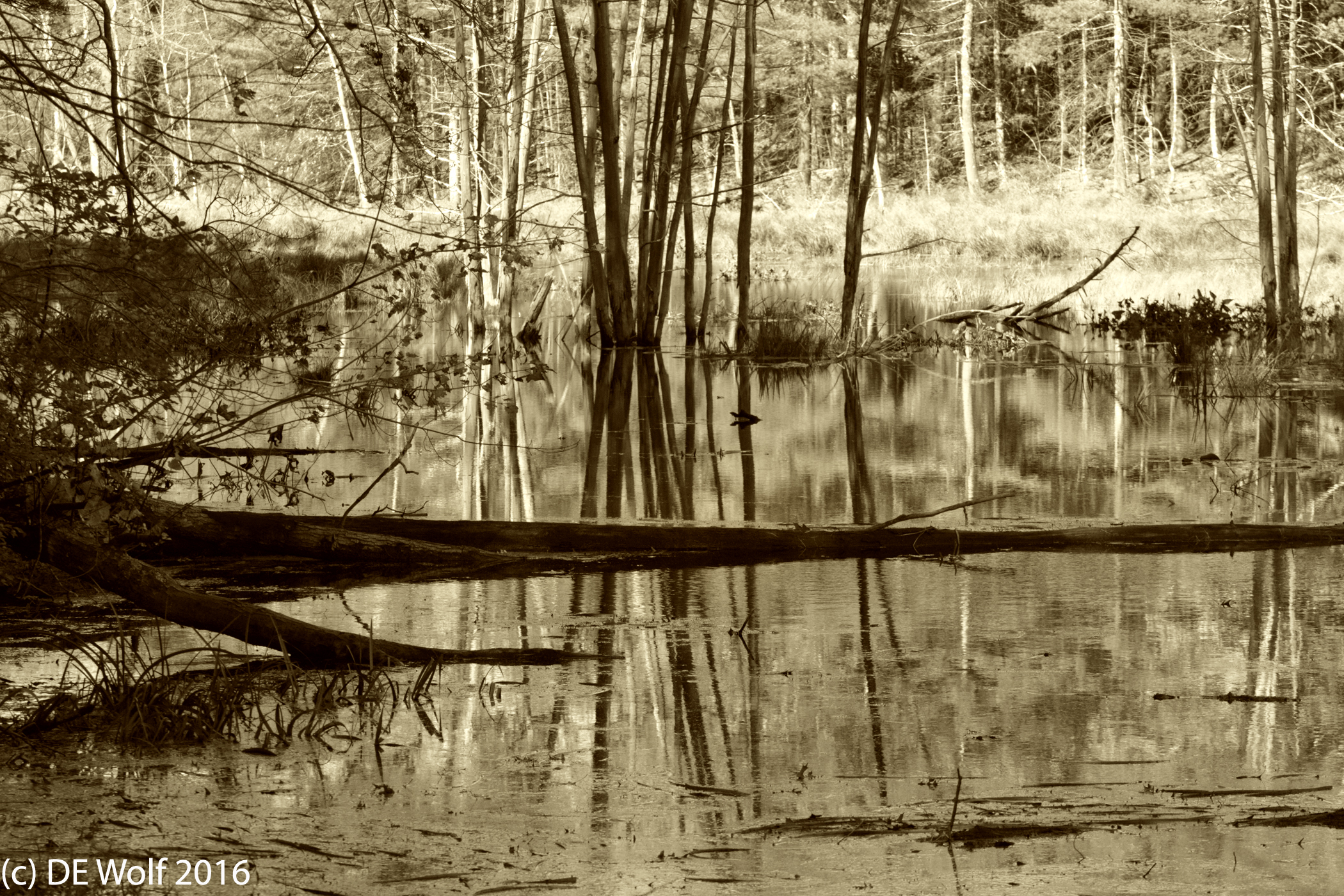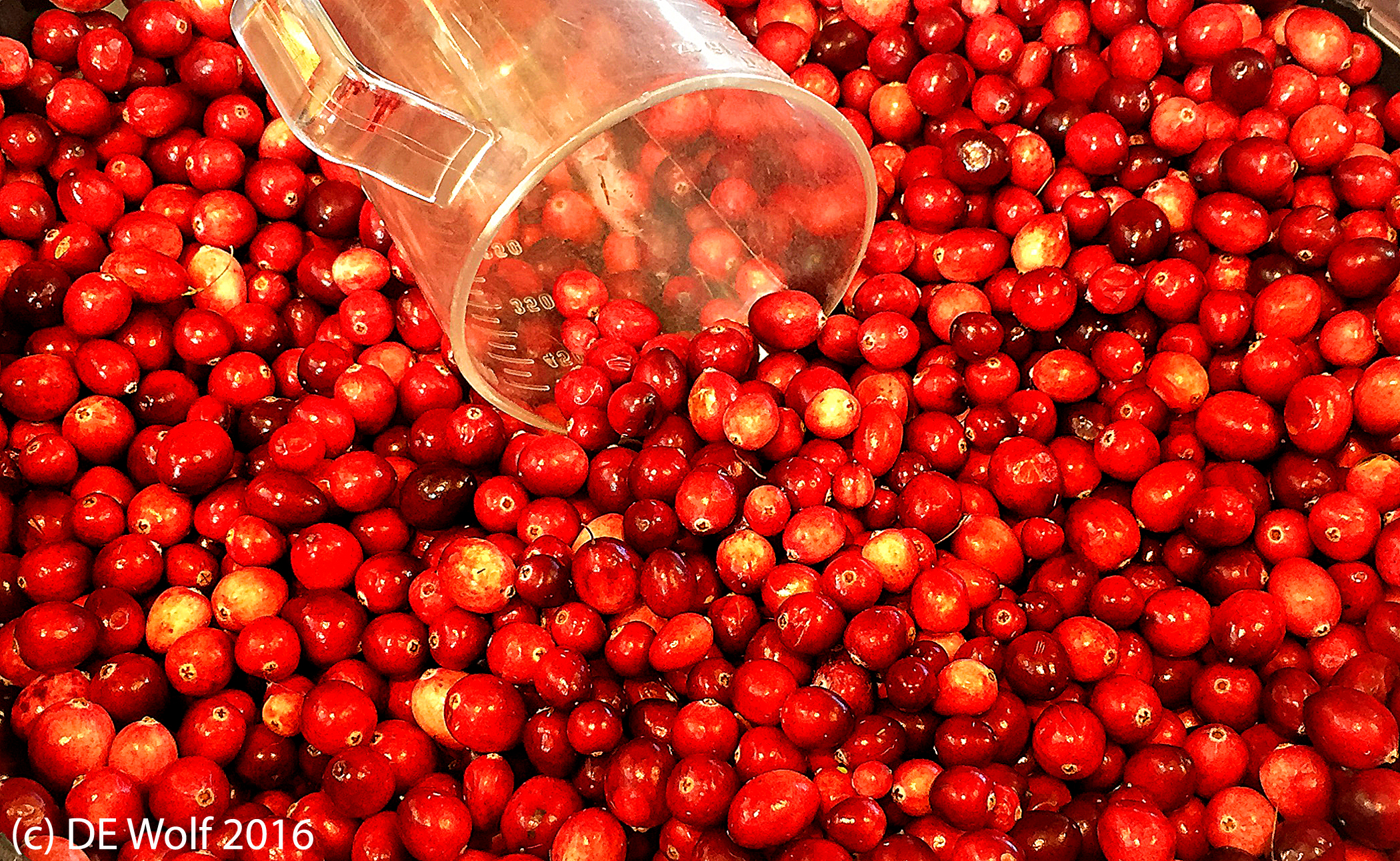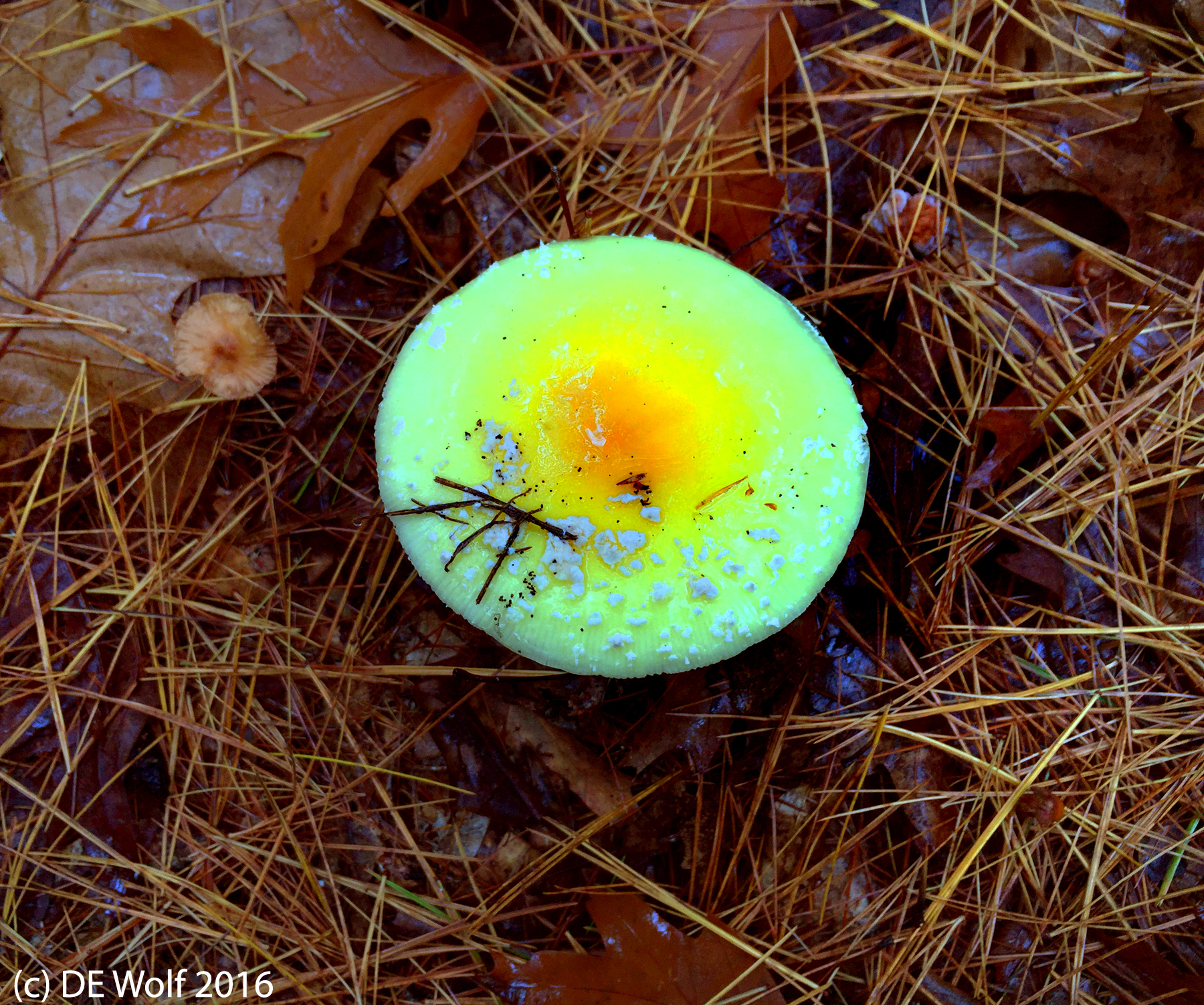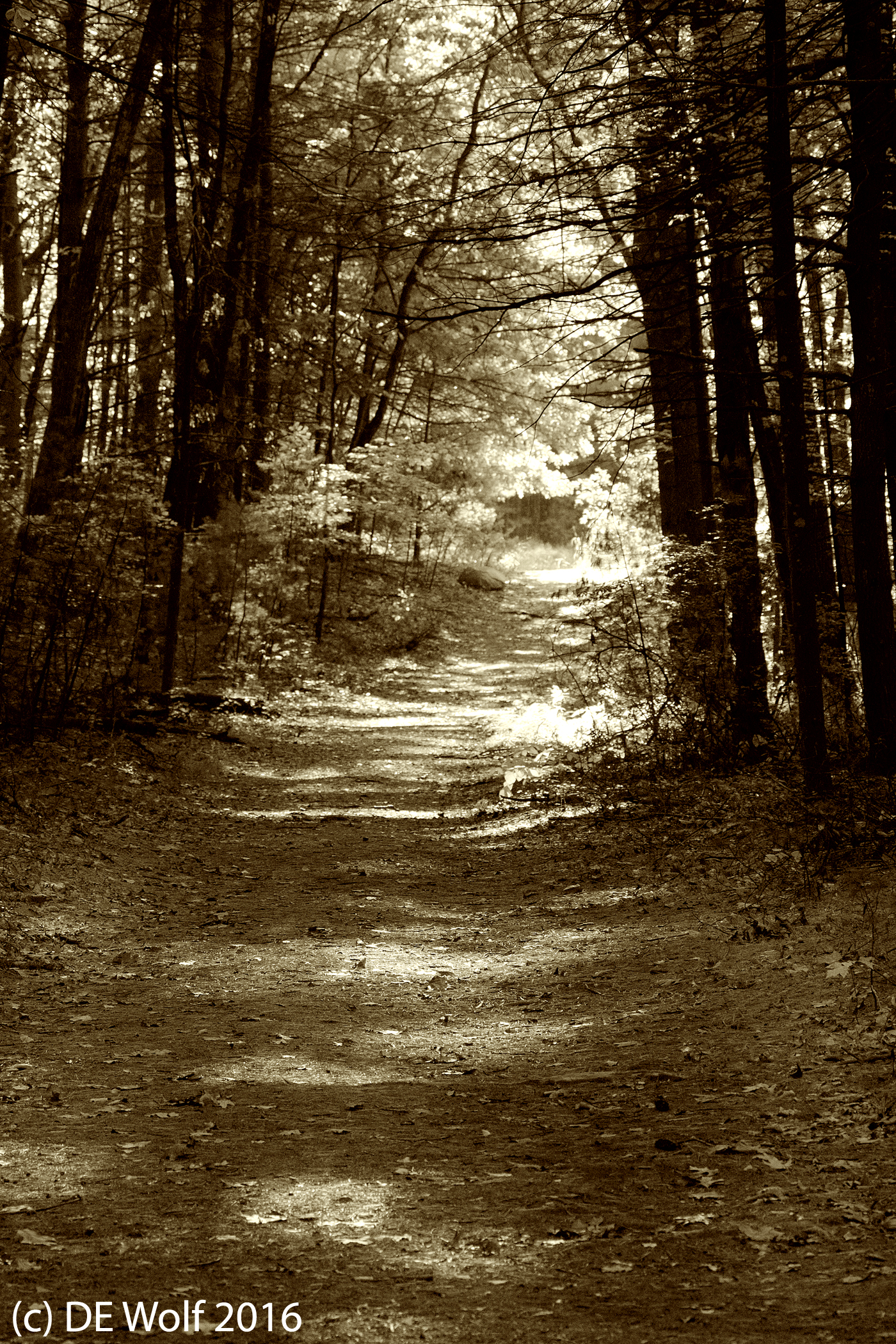The big weekly event, in my hometown, is Saturday at the Town Dump. We have this place called the “put and take,” which is just that, you put and you take. The key is to put at least as much as you take, unless you have a barn. So I like to look around for old cameras. You are not likely to find anything profound or valuable. It’s just a trip down memory lane.
As Figure 1 testifies, this past weekend I found an old Kodak Instamatic 20 from the 1970’s. It used 110 film cassettes and is truly representative of the pinnacle of photographics mediocrity. Pop your little film cassette in, send it out to be printed, and you get back all these fuzzy poor quality images. Indeed, they weren’t really worth the appellation of images. But George Eastman had truly triumphed. The only thing worse was Polaroid Instant photography. I know that I’m making enemies here. So I’ll stop.
But look at that little camera, a truly pocket-sized camera and you start to realize that despite it’s clunking mechanical 1970’s design, you are truly looking at the forerunner of the camera in your cellphone. That is the archetype, that is where the world was trending to, or is it from. The concept was firmly there as was Kodak’s ultimate fall from grace. Kosaks were opening in strip malls, one hour photo service-centers in every chain drugstore,
So really let’s have some respect and take this little trip down memory lane. OK; so here’s a television commercial of Dick Van Dyke advertising the Instamatic pocket camera. The Kodak Pocket Instamatic 20 camera was manufactured from 1972 until 1976. With film, it weighs 162 gms. That’s 5.71 oz. The metric system being another failed American experiment of the day. It was initially sold for $28, which is equivalent to about $160 today.


